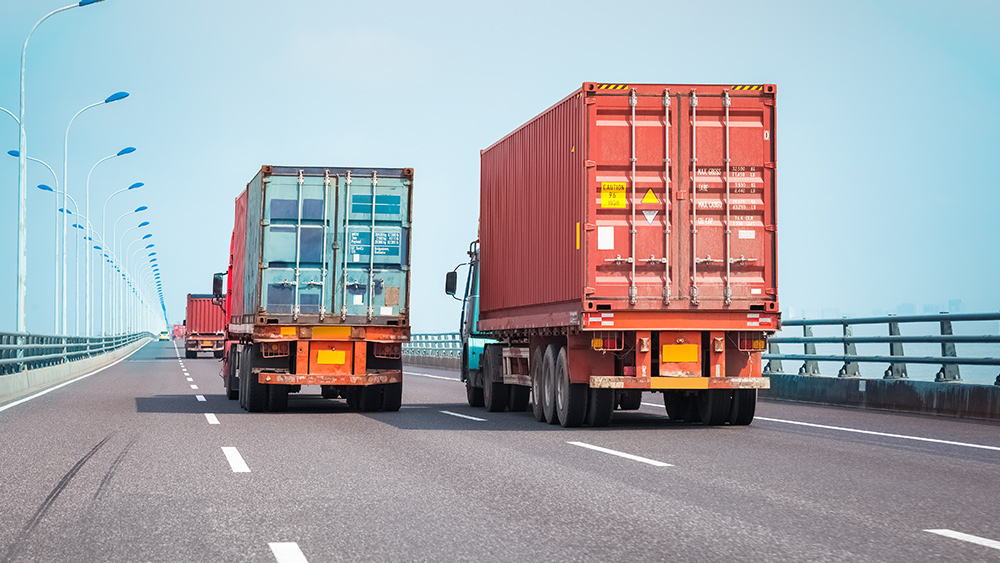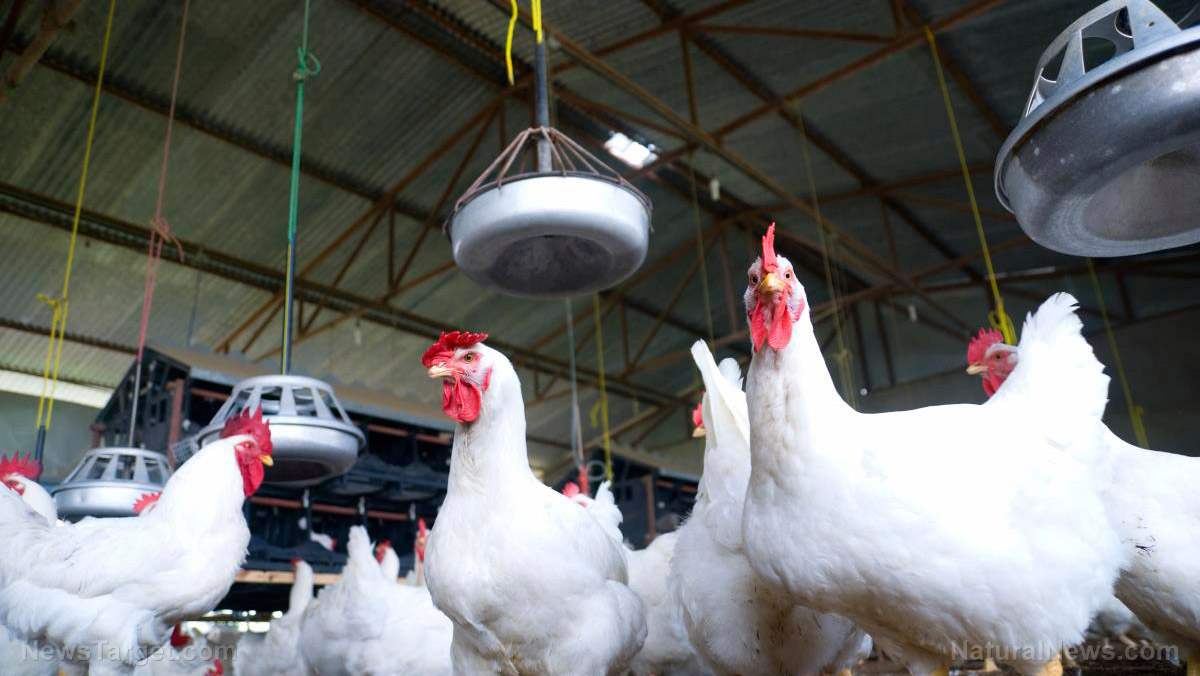Shortages of fertilizer and computer chips could jeopardize the global economy
02/02/2022 / By Cassie B.

As Americans continue to deal with widespread grocery shortages and supply chain issues continue to impact the world, hopes for an economic turnaround this year depend largely on two major global shortages, according to Michael Snyder of The Economic Collapse.
The first shortage to keep an eye on is fertilizer. The Wall Street Journal recently warned that high fertilizer prices were affecting farmers throughout the developing world. From the avocado, coffee and corn farms of South America to oil palms and coconut farms in Southeast Asia, high fertilizer prices have been leading to production cutbacks and greater cultivation expenses.
As a result, grocery bills could rise even further this year. Last year, food prices around the world hit decade highs and further rises could make the acute hunger already being seen in some parts of the world due to pandemic-related job losses grow even greater and throw a wrench in the efforts by central bankers and politicians to get inflation under control.
To understand just how bad the problem is, the International Fertilizer Development Center has said that the high fertilizer prices could see agricultural output in Africa alone reduced to an amount that equals the food needs of 100 million people. In North Korea, meanwhile, the government has been asking people to start making homemade fertilizer using their own waste.
However, it’s not just Africa and North Korea that will suffer; the United States is also being impacted. Kansas farmers are now paying double for potassium and phosphorus-based fertilizers and quadruple for nitrogen-based fertilizers. They have little choice but to pay up or stop farming altogether as agricultural yields will be compromised without it. Consumers are likely to see these higher fertilizer prices reflected in the food prices at their grocery stores. Many farmers in the U.S. are expected to struggle to profitably plant their crops this year, and much less food may be grown as a result.
Computer chip shortage could be exacerbated by Taiwan-China tensions
The other major shortage to keep an eye on is computer chips. A recently released report by the Department of Commerce shows that chip inventories throughout the country are growing worryingly slim. The Risks in the Semiconductor Supply Chain Request for Information indicated that the median inventory held by consumers of chips, such as medical device manufacturers and automakers, dropped from 40 days in 2019 to fewer than five days in 2021.
A natural disaster, political instability or another virus outbreak disrupting a foreign semiconductor facility for even a few weeks has the potential to leave manufacturing facilities in the U.S. unable to operate, putting American workers and the families they support at risk.
Commerce Secretary Gina Raimondo said that a lack of chips led to $210 billion in lost revenue for automakers last year. In a blog post, she explained that auto prices were behind a third of all inflation due to the lack of chips. Experts say that if chip production continues to be disrupted this year, the situation will only get worse.
It is not a problem with an easy solution given the significant time and money involved in building chip factories. Federal funding might be able to help with the long-term supply of chips but won’t help in the short term. Right now, most chip factories are based in Asia, particularly in Taiwan. With tensions rising between Taiwan and China, there are concerns that a Chinese invasion of Taiwan could leave American manufacturing without access to computer chips.
While many of us were hoping that 2022 would be a year of things starting to return to normal, it is looking like it could actually get a lot worse, with the global economy in danger and inflation unlikely to subside.
Sources for this article include:
Submit a correction >>
Tagged Under:
Bubble, chaos, Collapse, computer chips, economy, fertilizers, food collapse, food scarcity, food supply, grocery, harvest, inflation, price increase, products, shortages, starvation, supply chain
This article may contain statements that reflect the opinion of the author
RECENT NEWS & ARTICLES
COPYRIGHT © 2018 PANIC.NEWS
All content posted on this site is protected under Free Speech. Panic.news is not responsible for content written by contributing authors. The information on this site is provided for educational and entertainment purposes only. It is not intended as a substitute for professional advice of any kind. Panic.news assumes no responsibility for the use or misuse of this material. All trademarks, registered trademarks and service marks mentioned on this site are the property of their respective owners.





















